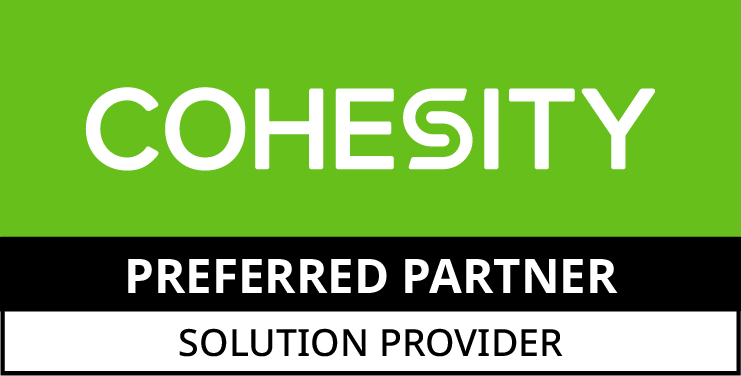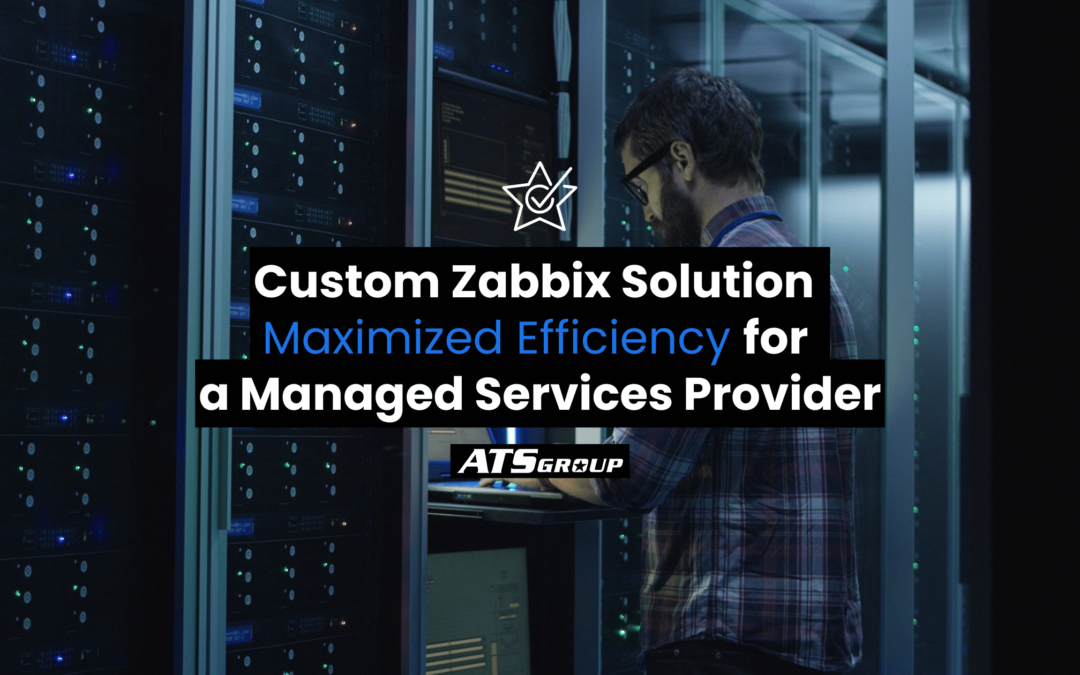The ability to accurately size and scale infrastructure is critical, especially regarding backup infrastructure optimization. Misalignments in configuration and storage capacity can lead to significant operational challenges. When your infrastructure no longer supports your business needs, the answer is not to address the symptoms with more products. On the contrary, performing a comprehensive analysis and implementing a phased plan ensures long-term success.
We recently worked with a client whose Cohesity clusters were undersized at their two data center sites. This was primarily due to outdated and inaccurate sizing models. It was additionally compounded by a production workload transition from DC1 to DC2. As a result, they experienced capacity issues in their replication target at DC1, which was operating at 94%.
The Challenge: Addressing Data Center Capacity and Backup Constraints Cost-Effectively
A premier academic medical center known for its clinical excellence, research, and community service managed two data center sites (DC1 and DC2). Each site operated three Cohesity clusters. These clusters served distinct purposes: general workloads, Electronic Health Record (EHR) application backups, and disaster recovery (DR) replication targets. Accordingly, DC1 handled DR backups from DC2, and vice versa, to ensure redundancy and business continuity.
However, an unexpected surge in DC2’s production workloads caused the DR target in DC1 to reach capacity. The original sizing had not accounted for this growth trajectory, creating a critical storage shortfall. Additionally, some of the client’s workloads hadn’t yet been transitioned to the Cohesity platform, further exacerbating the issue.
Challenges Identified:
The medical network was in discussions with three vendors—storage, backup, and a value-added reseller—each offering hardware and software solutions to address its growing storage challenges. However, they needed a more holistic approach. Before committing to costly purchases, the organization sought an independent evaluation to offer insight into the best action plan.
- Outdated configurations across sites impacted disaster recovery (DR) readiness.
- Cohesity workloads were partially transitioned, but key workloads like their EHR application remained on a legacy data protection solution, creating backup issues.
- Significant CPU and throughput concerns added to the infrastructure woes.
As a Cohesity Preferred Partner, we at ATS Group believe in the strength and reliability of Cohesity’s products. Cohesity offers a unified data management platform that simplifies backup, recovery, and disaster recovery across diverse environments. From data center consolidation to seamless cloud integration, Cohesity provides robust solutions designed to meet the demands of modern enterprises.
Whether you’re looking to optimize storage capacity, simplify backups, or enhance your DR strategy, Cohesity is a product we trust to deliver results.
Learn more about Cohesity’s scalable data management solutions.

The Solution: A Phased Approach for Cohesity Infrastructure Optimization
ATS conducted a comprehensive infrastructure evaluation, leveraging our deep expertise and performance monitoring platform to analyze original and current sizing configurations. This allowed us to identify the most efficient way to resolve the capacity challenges without a costly, one-time hardware investment. Based on the findings, we proposed a phased action plan to guide the healthcare provider through immediate fixes and long-term scalability for comprehensive Cohesity infrastructure optimization.
The Steps Taken for Cohesity Infrastructure Optimization
By breaking down the problem into manageable steps, we focused on solutions to resolve current bottlenecks and set the foundation for future growth. ATS carefully aligned each phase of the approach with the client’s immediate needs while accounting for longer-term scalability and resilience.
Here’s how we executed the plan.
Phase 1: Expand DC1’s Replication Target Storage
The first priority was to expand the storage capacity in DC1’s replication target. With the target at 94% capacity, expanding storage was critical to prevent disruptions in existing Cohesity backups at DC2. This action would allow the organization to continue backups without hitting storage limits.
Phase 2: Transition EHR Backups to Cohesity
Upon expansion of the storage in the replication target, the next phase focused on moving the EHR system backups from their legacy data protection solution to Cohesity. This transition would alleviate the backup bottlenecks the client was experiencing with the legacy solution, especially for such a critical workload as the EHR system.
Phase 3: Increase Node Counts and Onboard Additional Workloads
Next, we scaled the Cohesity infrastructure in both data centers based on best practices and actual storage consumption, continuing the Cohesity infrastructure optimization process to smoothly onboard additional workloads.
Phase 4: Re-evaluate Sizing and Complete Workload Onboarding
Following node scaling, we re-evaluated the sizing of both general-purpose and replication target clusters based on updated needs and usage patterns. This phase also included onboarding the remaining legacy data protection workloads and consolidating all backups under a single, more efficient platform.
Phase 5: Future-Proof with Forecasting
The final phase focused on forecasting future needs, including organic growth, new workloads, and potential acquisitions. By accurately budgeting for future storage needs, the client could avoid unexpected surprises due to future capacity issues.
The Results: Scalable and Future-Ready Cohesity Infrastructure
Our phased approach allowed the health system to avoid the immediate, high cost of purchasing new hardware and software without addressing the underlying issue. Instead, the solution tackled the capacity challenge in a methodical, manageable way, spreading the investments over time.
This strategic approach solved the immediate capacity issues and gave the organization a scalable infrastructure foundation supporting future growth. By transitioning the EHR backups to Cohesity and scaling storage in phases, the health system has a more robust system capable of handling its current and future production workloads.
Moreover, ATS’ expertise and proprietary tools allowed us to accurately size and configure their infrastructure, ensuring that the solution was tailored specifically to their usage. The flexibility of the phased plan ensured that the healthcare provider could expand their capacity when needed without over-provisioning and wasting resources.
Key results included:
- Immediate cost savings: The phased approach allowed the medical network to avoid unnecessary and wasteful spending by prioritizing needs over time.
- Improved CapEX and OpEx forecasting accuracy: Precision sizing exercises allowed the health system to allocate resources more efficiently, ensuring they were prepared for future growth without overcommitting funds upfront.
- Increased backup performance: Moving critical workloads, like the EHR system, from the legacy data protection solution to Cohesity improved speed and reliability.
- Future-proofing infrastructure: By incorporating a forecasting element, we ensured the client’s system would remain robust as their production workloads grew.
- Balanced workloads: Our solution ensured a like-for-like failover configuration between the two sites, maintaining consistency in licensing and physical setup across the clusters.
Future-Proof Your Infrastructure: Let’s Optimize Together
Even the most seasoned professionals encounter challenges like the one featured in this article. Our recent success with Cohesity infrastructure optimization showcases how even the best can benefit from an expert perspective.
At ATS Group, we craft tailored solutions for complex IT challenges. If you’re facing capacity challenges or need an independent evaluation of your IT environment, we would love to help you find the right solution.
By collaborating with our data protection solution advisors, you can enhance your infrastructure, maximize your current investments, and strategically position your business for future growth.
Submit our contact form today, and let’s work together to transform your infrastructure into a scalable, reliable asset that reflects your commitment to excellence.





